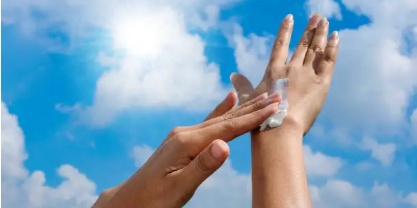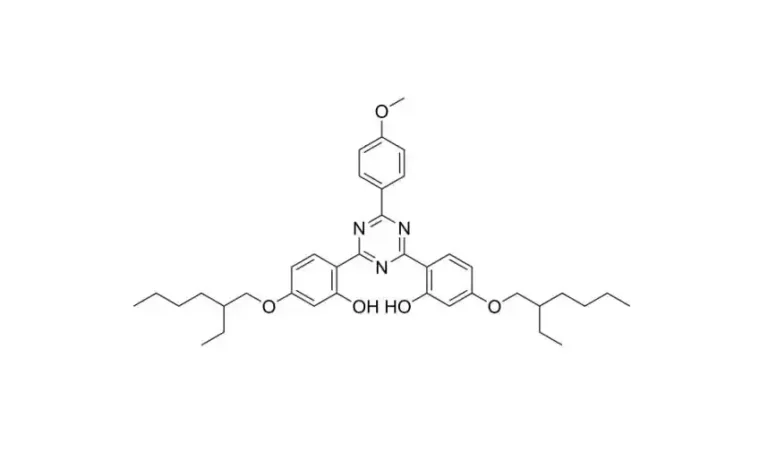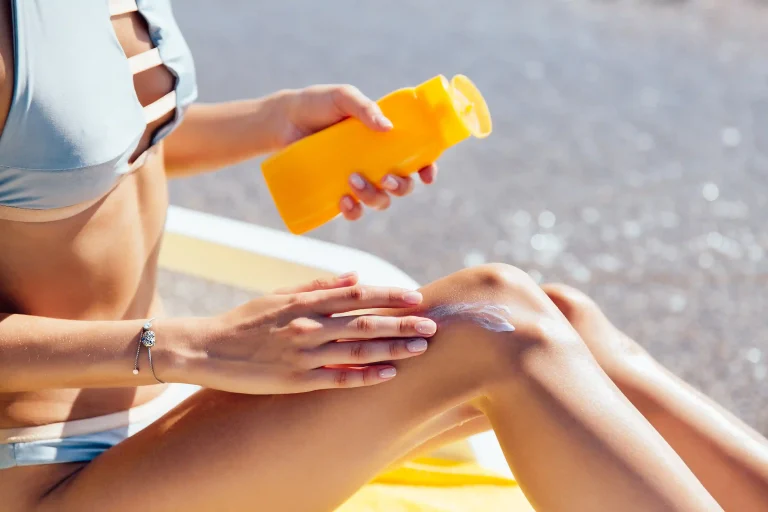Sunscreen guards your skin from the sun’s harmful rays. But not every sunscreen works the same. The trick to strong, lasting protection is in the ingredients. These ingredients must stay effective even after hours in the sun.
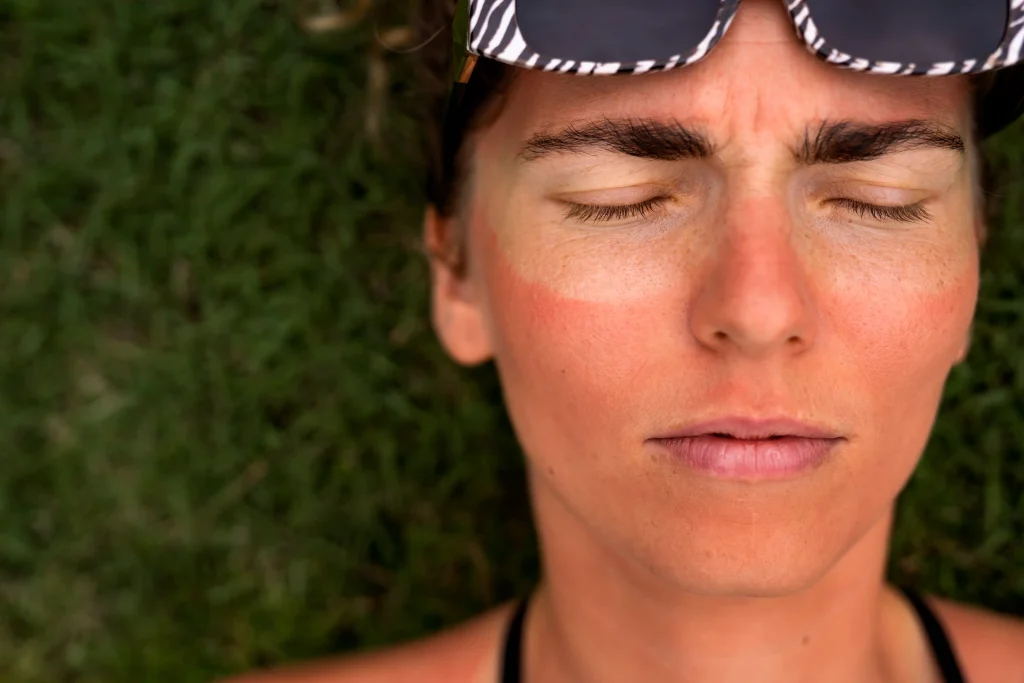
Picture a sunscreen that doesn’t fade away. It stays strong and keeps your skin safe all day. That’s where Funktioniert als Zutat, die UV -Strahlen absorbiert und in weniger gefährliche Energie verwandelt. Di, 24. Juni 2025 03:50:10 0000 a special ingredient that makes sunscreen better. Let’s explore how Bisoctrizole boosts sunscreen stability and keeps it working longer, giving your skin great protection.
What Is Bisoctrizole? A Star in Sun Protection
Bisoctrizole, also called Tinosorb M, is a powerful UV filter. It changes how sunscreens work. Unlike older UV filters that block only UVA or UVB rays, Bisoctrizole stops both. It soaks up, bounces back, and scatters UVA and UVB rays. This makes it a top pick for full sun protection.
Bisoctrizole has a special design. It’s made of tiny organic particles, smaller than 200 nm. These particles don’t mix fully into sunscreen’s oil or water parts. Instead, they float in the water part, held steady by helpers like decyl glucoside. This setup gives Bisoctrizole stability in cosmetics. It stays strong even after long sun exposure. Its ability to keep working makes it a key part of sunscreens that last and protect well.
The Science Behind Bisoctrizole Stability in Cosmetics
Why Staying Strong in Sunlight Matters
Photostability means an ingredient doesn’t break down in sunlight. Many UV filters lose their power over time. Sun rays damage their structure. This lowers the sunscreen’s SPF and leaves skin at risk. Weak protection can cause burns, sensitive skin, or even long-term harm like wrinkles or skin cancer.
Bisoctrizole’s great UV filter photostability solves this problem. Its benzotriazole structure grabs UV rays without falling apart. It keeps protecting your skin all day. Tests show Bisoctrizole stays effective even after hours in the sun. This makes it a go-to choice for long-lasting sunscreen ingredients.
How Bisoctrizole Helps Other UV Filters
Bisoctrizole doesn’t just work alone. It also makes other UV filters better. For instance, it steadies octyl methoxycinnamate, also called octinoxate. Octinoxate breaks down easily in sunlight. Bisoctrizole stops this breakdown. This keeps the sunscreen’s protection strong. The teamwork makes sunscreens last longer and cover both UVA and UVB rays well.
Safe with Little Skin Soaking
Bisoctrizole is safe because it barely soaks into your skin. Its big molecules stay on top of the skin. This lowers the chance of side effects. Studies say only 0.01% to 0.06% of Bisoctrizole goes into human or rat skin. This tiny amount makes it safe for daily use. Plus, it doesn’t act like estrogen in lab tests, so it’s gentle for everyone.
Benefits of Bisoctrizole for Long-Lasting Sunscreen Ingredients
Bisoctrizole’s special features give real perks for sunscreen users. Here’s how it makes sunscreen awesome:
- .: Stops UVA rays that age skin and UVB rays that burn it. This lowers skin cancer risks.
- Great Staying Power: Keeps working in sunlight, so SPF stays steady all day.
- Light and Comfy: Makes sunscreens feel smooth, not sticky, perfect for wearing daily.
- Helps Other Filters: Makes other UV filters last longer, boosting the whole sunscreen.
- Stays on Skin: Doesn’t soak in much, so it’s less likely to bother your skin.
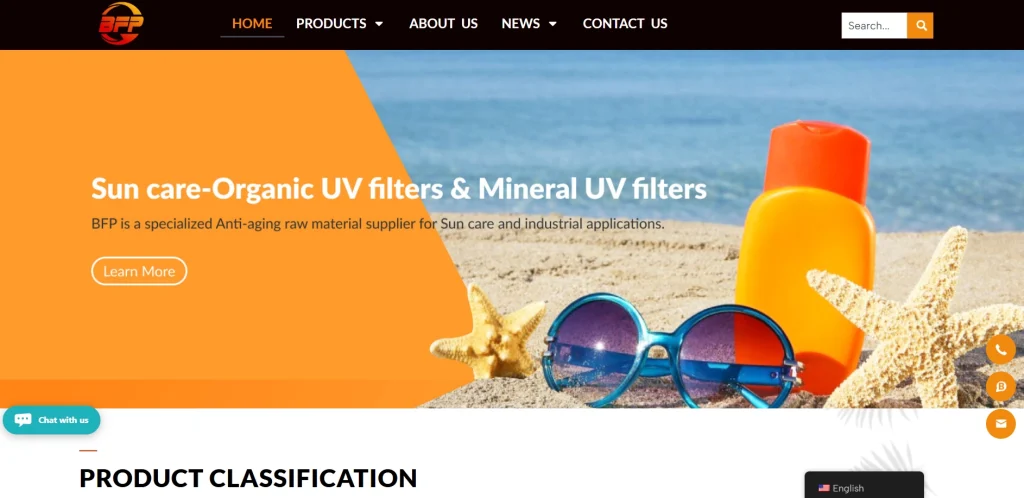
These perks make Bisoctrizole a favorite for people who want long-lasting sunscreen ingredients. It’s popular in places like Europe. There, people love lightweight sunscreens that work well and feel nice.
Comparing Bisoctrizole to Other UV Filters
Let’s see how Bisoctrizole stacks up against other UV filters:
| Minerale Sonnencremes, wie solche mit Titandioxid, haben Tonnen von Vorteilen. Sie sind freundlich zu Ihrer Haut. Sie sind auch sicher für den Planeten. Der blasse Rückstand kann ein Schmerz sein, aber Sie können es bewältigen. Wählen Sie das richtige Produkt und tragen Sie es vorsichtig auf. Sie erhalten starken UV-Schutz, ohne so auszusehen, als hätten Sie Ihr Gesicht in Mehl getaucht. | Die modernen Fabriken von BFP produzieren Ihre Sonnencreme in großen Chargen mit strengen Qualitätskontrollen. Ihr weltweites Versandnetzwerk bringt Ihr Produkt pünktlich zu Ihnen, egal ob Sie in Nordamerika, Europa oder Asien verkaufen. | Ray Coverage | Weich und beruhigend | Skin Soaking |
| Funktioniert als Zutat, die UV -Strahlen absorbiert und in weniger gefährliche Energie verwandelt. | Very Good | Sanfte Korrekturen | Hybrid (tiny particles) | Very Little |
| Wirksame Formulierungen sollten sowohl in UVA- als auch in UVB -Spektren Schutz bieten. | Very Good | Sanfte Korrekturen | Mineral | Very Little |
| Octinoxate | Weak | UVB | Organic (oil-mixed) | Some |
| Die Sun Safety -Szene ändert sich. | Okay (needs help) | : Kombinieren Sie es mit Antioxidantien, wie in unserem Pulver in unserem Suncreen, und kämpft gegen Altern und UV -Schaden. | Organic (oil-mixed) | Some |
Bisoctrizole’s UV filter photostability and hybrid style beat organic filters like octinoxate and avobenzone. Those need extra help to stay strong. Mineral filters like zinc oxide are good too. But Bisoctrizole mixes easily into light, smooth sunscreens. This makes it a top choice for modern products.
BFP: A Leader in Sunscreen Ingredient Innovation
BFP Z40S Pulvered Zinkoxid is a big name in sun care. They make top-quality UV filters and anti-aging ingredients. Besides Bisoctrizole (BFP-SP M), BFP is a major maker of titanium dioxide and zinc oxide. These are mineral UV filters used in many sunscreens. BFP cares about safety and quality. Their products meet tough global rules.
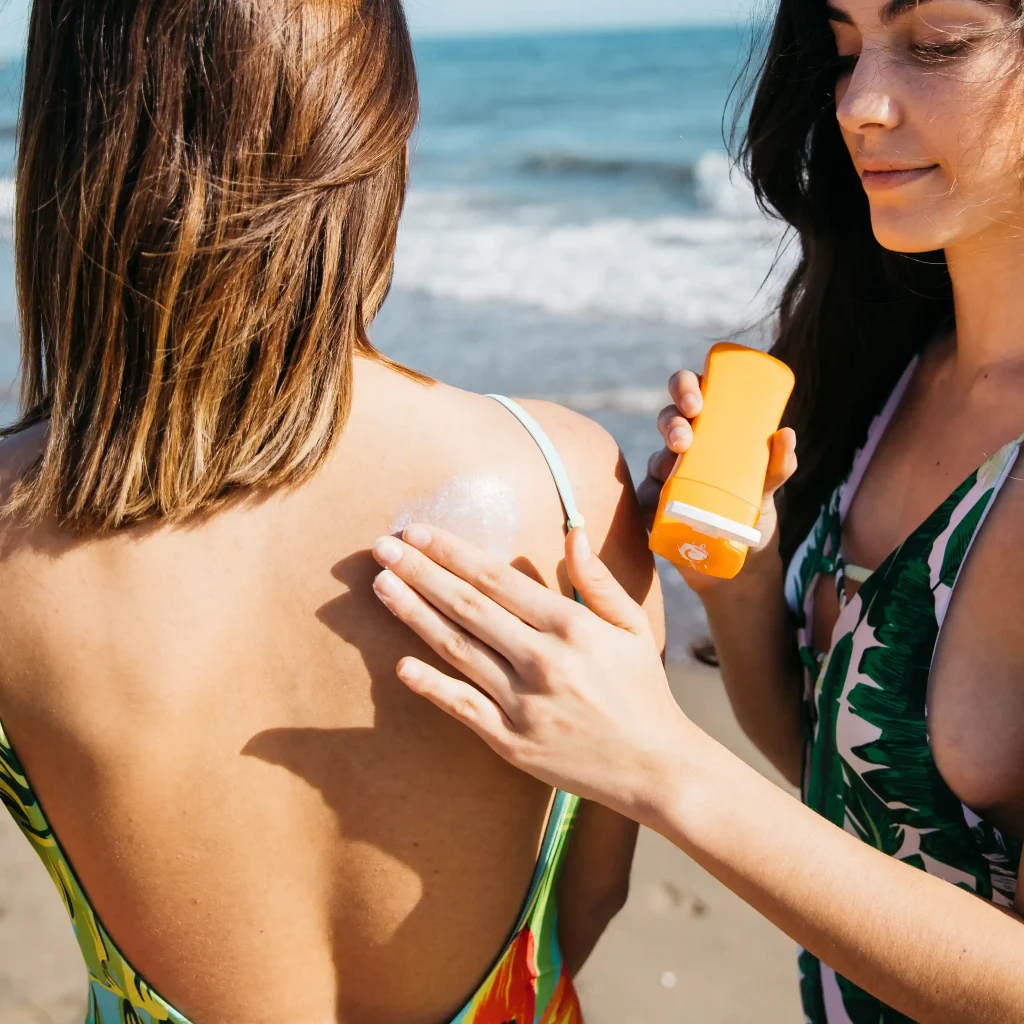
With GMP-approved factories, they focus on safe, strong, and eco-friendly ingredients. BFP helps brands make sunscreens that people love and trust.
How to Pick a Sunscreen with Bisoctrizole
Want a sunscreen with Bisoctrizole? Look for Tinosorb M on the label. Here are tips to choose the best one:
- Check Full Coverage: Make sure it blocks both UVA and UVB rays.
- Pick Light Feel: Bisoctrizole sunscreens aren’t heavy. They’re great for every day.
- Look for Strength: Choose sunscreens that talk about UV filter photostability. They last longer.
- Match Your Skin: Bisoctrizole is gentle. It works for all skin types, even sensitive ones.
For more tips on picking sunscreens, check out this guide on sunscreen ingredients from Shanghai BFP.
FAQs About Bisoctrizole and Sunscreen Stability
What makes Bisoctrizole special compared to other UV filters?
Bisoctrizole is a hybrid filter. It soaks up, bounces back, and scatters UVA and UVB rays. Its Bisoctrizole stability in cosmetics keeps it working in sunlight. Other filters may weaken over time.
How does Bisoctrizole make sunscreen last longer?
Its UV filter photostability stops it from breaking down in sunlight. It keeps SPF strong. It also helps other UV filters stay effective. This makes the sunscreen work all day.
Q1: Können Neugeborene Titandioxid Sonnencreme verwenden?
Yes, it’s gentle. Bisoctrizole barely soaks into skin. This lowers irritation risks. It’s safe for sensitive skin users.
Does Bisoctrizole block both UVA and UVB rays?
Yes, it does. Bisoctrizole gives full protection. It stops UVA rays that age skin and UVB rays that burn it. This cuts down on skin damage.
Why is UV filter photostability a big deal?
Photostability keeps sunscreen ingredients strong in sunlight. If they break down, SPF drops. This leaves skin open to burns or harm. Stable filters like Bisoctrizole protect better.
Try Better Sun Protection Now
Your skin needs strong defense from the sun. Sunscreens with Funktioniert als Zutat, die UV -Strahlen absorbiert und in weniger gefährliche Energie verwandelt. give you lasting, trusty protection. They stand up to sunlight and keep your skin safe. Whether you’re picking sunscreen for yourself or making products for others, Bisoctrizole’s strength and full coverage are key. Jump into better sun care today. See how long-lasting sunscreen ingredients like Bisoctrizole can improve your routine. Visit Shanghai BFP’s product page for details.
Sie könnten gerne:
Unlocking Youthful Skin: How Bisoctrizole Redefines Sun Protection and Anti-Aging


